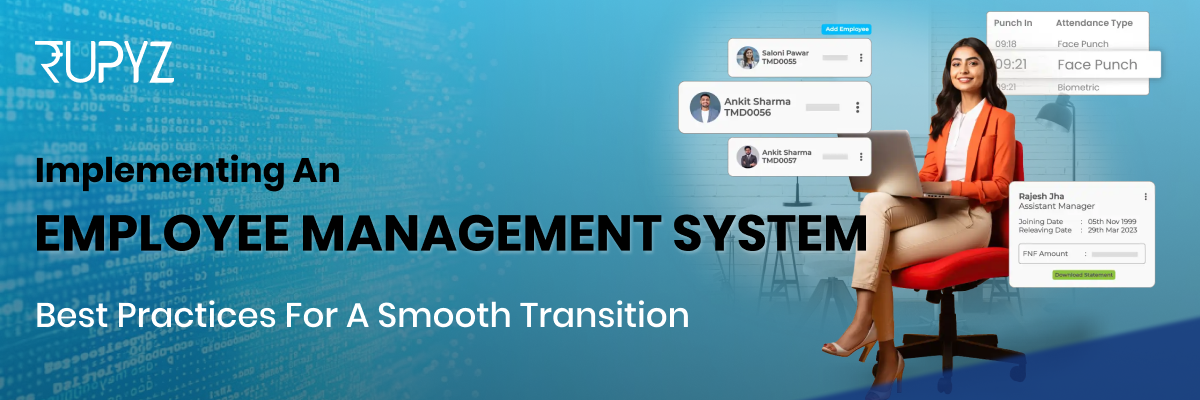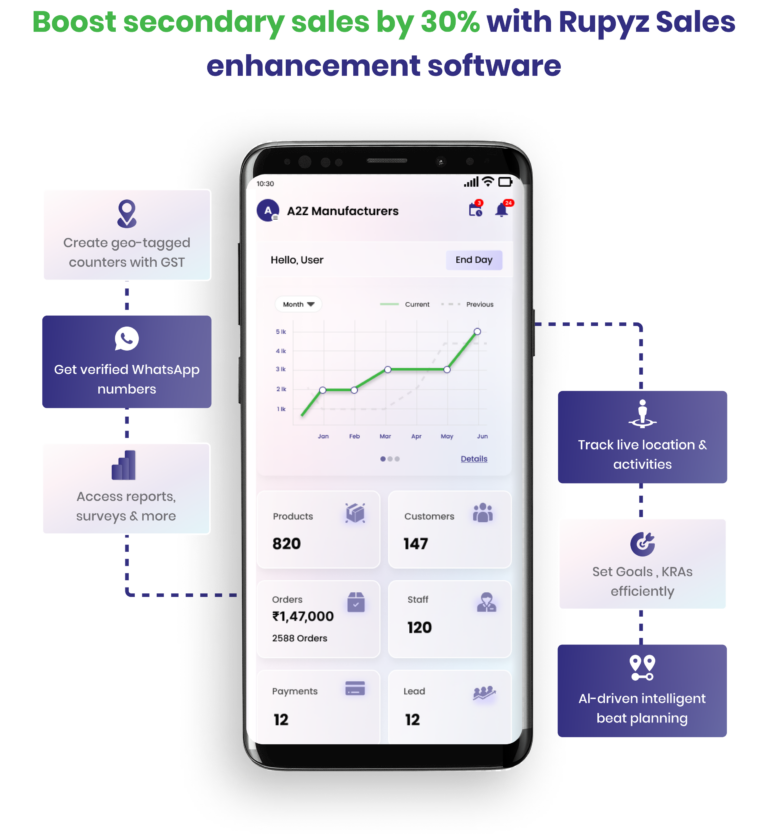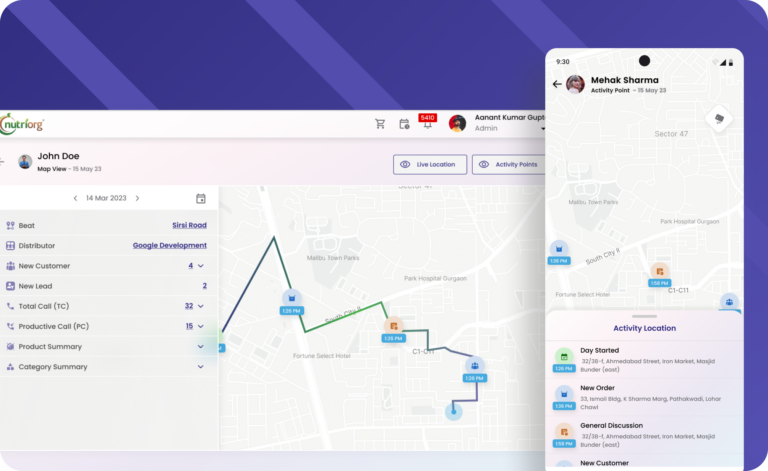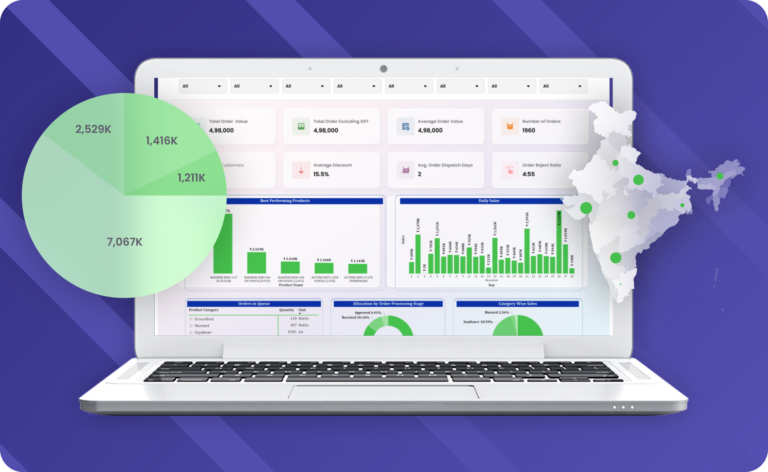
How to Implement a Salesforce Management System: Best Practices for a Smooth Transition
Embarking on the journey of implementing a Salesforce Management System can be both exciting and daunting. As businesses strive to streamline their operations and enhance customer relationship management, adopting best practices is crucial for a smooth transition. In this guide, we will explore key strategies, considerations, and tips to ensure a successful implementation of a Salesforce Management System. From assessing your organization’s needs to selecting the right system and training your team effectively, each step plays a vital role in the process. By following best practices, you can harness the full potential of Salesforce to drive growth, improve efficiency, and elevate customer satisfaction. Let’s delve into the world of Salesforce implementation together and unlock the power of a well-executed transition.
Best Practices for Implementing a Salesforce Management System
Implementing a Salesforce Management System can be a complex process, but with the right approach, you can ensure a smooth transition. Here are some best practices to consider:
1. Define Clear Objectives
Before implementing any system, it is crucial to define what you hope to achieve. Are you looking to improve sales team productivity, enhance customer satisfaction, or gain better insights into sales data? Having clear objectives will guide the implementation process and help measure success.
2. Choose the Right System
Not all Salesforce Management Systems are created equal. It is important to choose a system that aligns with your business needs and goals. Look for features that will add value to your operations, such as real-time tracking, beat planning, and comprehensive analytics.
3. Involve Your Sales Team
Your sales team will be the primary users of the new system, so it is essential to involve them in the process. Gather their input on what features they find most useful and any challenges they currently face. This will ensure that the system meets their needs and increases the likelihood of successful adoption.
4. Provide Adequate Training
A new system can be intimidating for employees, especially if they are used to a different way of working. Providing thorough training on how to use the system effectively will help ease the transition and ensure that your team can make the most of the new tools at their disposal.
5. Monitor and Adjust
Implementation is just the beginning. Continuously monitor the system’s performance and gather feedback from your team. Be prepared to make adjustments as needed to ensure that the system remains effective and continues to meet your business needs.
Benefits of Using Rupyz Salesforce Automation
At Rupyz, we understand the challenges businesses face in managing their sales teams effectively. Our Salesforce Automation solution offers a comprehensive suite of tools designed to streamline your sales operations and drive growth. Here are some of the key benefits:
1. Real-Time Insights
Gain real-time insights into your sales team’s activities and performance. Our system provides detailed analytics, allowing you to make data-driven decisions and optimize your sales strategies.

2. Efficient Beat Planning
Our beat planning feature ensures that your sales representatives are visiting the right customers at the right times. This leads to more efficient operations and maximizes sales opportunities.

3. Seamless Communication
Integrate seamlessly with communication tools like WhatsApp to keep your team connected and informed. Share updates, plan routes, and track progress all from a single platform.

4. Customizable Solutions
Every business is unique, and our Salesforce Automation solution can be customized to meet your specific needs. Whether you need tailored reports, specific tracking features, or unique communication tools, we have you covered.

Employee Management in the Salesforce System
Employee management within the Salesforce system is a crucial component for organizations aiming to achieve operational excellence and maximize workforce productivity. Let’s explore the various aspects that highlight the importance of efficient employee management:
1.Enhancing Operational Efficiency through Live Location Tracking
The live location tracking feature in Salesforce empowers businesses to monitor the real-time movements of their employees. This not only ensures accountability but also aids in streamlining operational processes by identifying potential bottlenecks and optimizing workflow procedures.
2.Leveraging Geo-Analytics for Enhanced Field Operations
Salesforce’s geo-tracking capabilities enable managers to assign tasks based on the geographical proximity of employees to specific locations. By strategically deploying field personnel to nearby service areas, organizations can reduce travel time, improve response times, and enhance overall operational efficiency.
3.Fostering Seamless Communication and Collaboration
Effective employee management in Salesforce fosters a culture of seamless communication and collaboration among team members, irrespective of their physical locations. This promotes cross-departmental teamwork, knowledge sharing, and innovation, thereby boosting overall productivity.
4.Driving Informed Decision-Making with Data Insights
Centralizing employee data within the Salesforce system empowers organizations to derive actionable insights for strategic decision-making. Through data-driven analytics, businesses can enhance performance evaluations, resource allocation, and operational strategies, leading to improved outcomes and sustainable growth.
5.Upholding Regulatory Compliance and Data Security
Salesforce employee management plays a vital role in ensuring compliance with industry regulations and safeguarding sensitive data. By implementing robust access controls and security measures, organizations can mitigate risks of data breaches and unauthorized access, thereby maintaining data integrity and confidentiality.
6.Cultivating Employee Engagement and Satisfaction
A well-structured Salesforce employee management system nurtures employee satisfaction by providing clear performance expectations, constructive feedback mechanisms, and opportunities for professional development. This results in higher levels of employee engagement, motivation, and retention, contributing to a positive work culture and enhanced organizational performance.
7. Adapting to Evolving Business Needs with Customization and Scalability
Salesforce offers customization options that allow businesses to tailor employee management processes according to their unique requirements. This scalability enables organizations to adapt to changing workforce dynamics, technological advancements, and market demands, ensuring long-term sustainability and competitiveness.
Conclusion
In essence, employee management in the Salesforce system serves as a cornerstone for modern businesses seeking to optimize operations, foster employee productivity, and drive sustainable growth. By harnessing the diverse features and functionalities of Salesforce, organizations can effectively manage their workforce, achieve operational excellence, and stay ahead in today’s dynamic business landscape.
Transform your B2B Business
We would love to give a comprehensive walk through of our system & demonstrate how we can contribute to your growth story.

